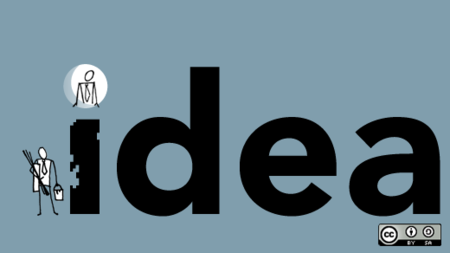The innovation
| Change with digital technologies in education (#OERuCDTE) | |
|---|---|
| Theories of change: Personal context | Introduction and objectives | The innovation | Concerns-based models | Technology acceptance models |
| “ | I begin with an idea and then it becomes something else | ” |
| —Pablo Picasso[1] | ||
A number of diffusion theories focus on the innovation itself, instead of the notion of persuading individuals to change. In this context, change is seen as being about the “reinvention” of products and behaviours themselves so that they become better fits for the needs of individuals and groups. Under this focus, it is not the people who change, but rather the
innovations themselves (see Robinson 2009[2]). Consequently it is important to consider the characteristics of the innovation itself.
Rogers (2003[3]) defines innovation as "an idea, practice or object that is perceived as new by an individual or other unit of adoption". Note that it is the perception of novelty which is important. So, for example, older technologies from a different context could be perceived as new in an alternate setting.
Rogers identified five attributes of an innovation that impact on its adoption:
- Relative advantage - the notion that the innovation is better or worse than similar ideas;
- Compatibility - refers to the perception that the new innovation is similar or compatible with past ideas;
- Complexity - refers to how difficult the new idea will be to adopt with the understanding that high complexity would contribute to low adoption rates;
- Trialability - which suggest that the ability to test or try out the innovation will improve adoption; and
- Observability - is the social dimension where an innovation becomes so pervasive in a given context where those who would not normally adopt begin to consider adoption.
Notes
- ↑ http://www.goodreads.com/quotes/133519-i-begin-with-an-idea-and-then-it-becomes-something
- ↑ Robinson, L. (2009). A summary of Diffusion of Innovations. Enabling Change".
- ↑ Rogers, E. M. (2003). Diffusion of innovations. New York: Free Press.
